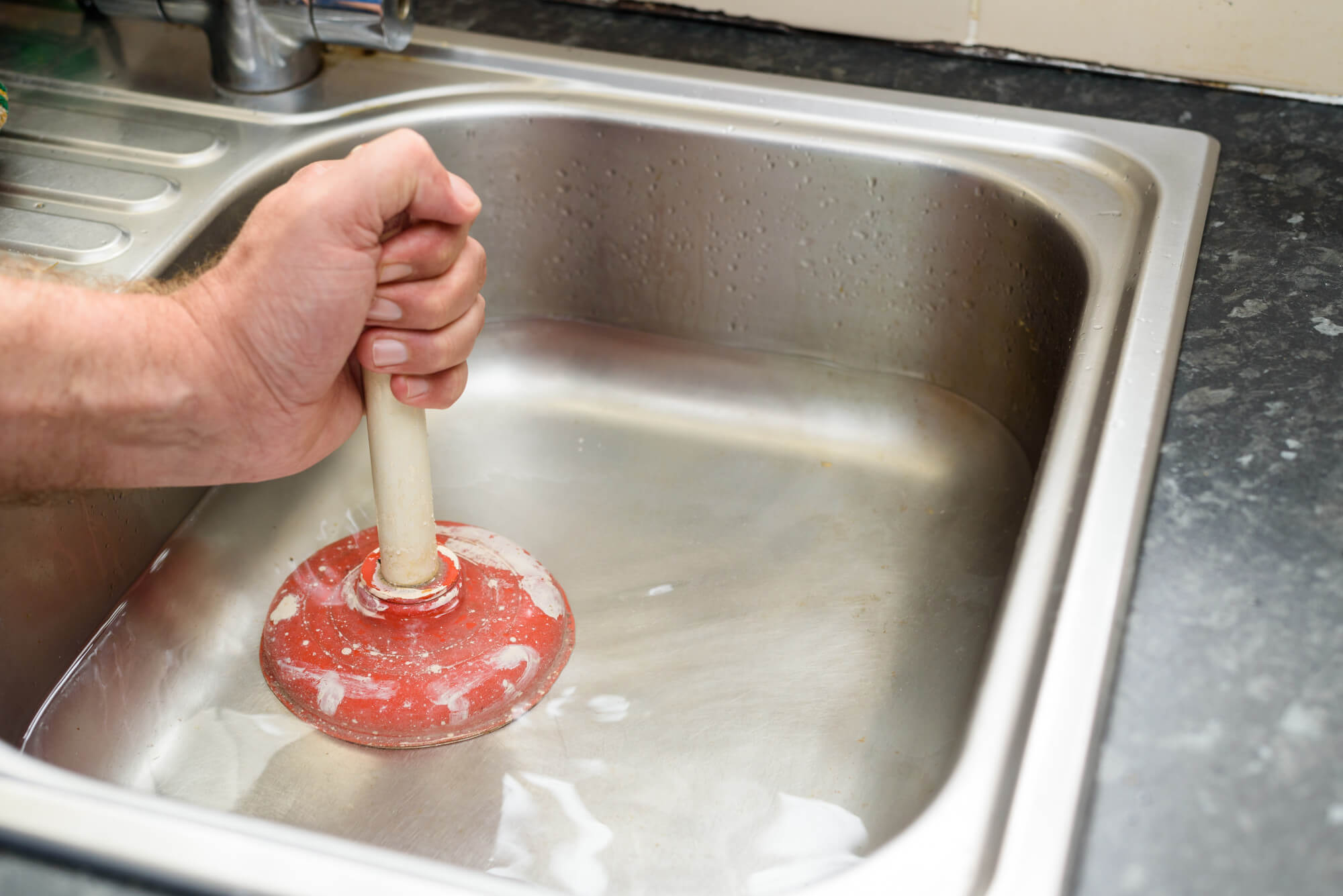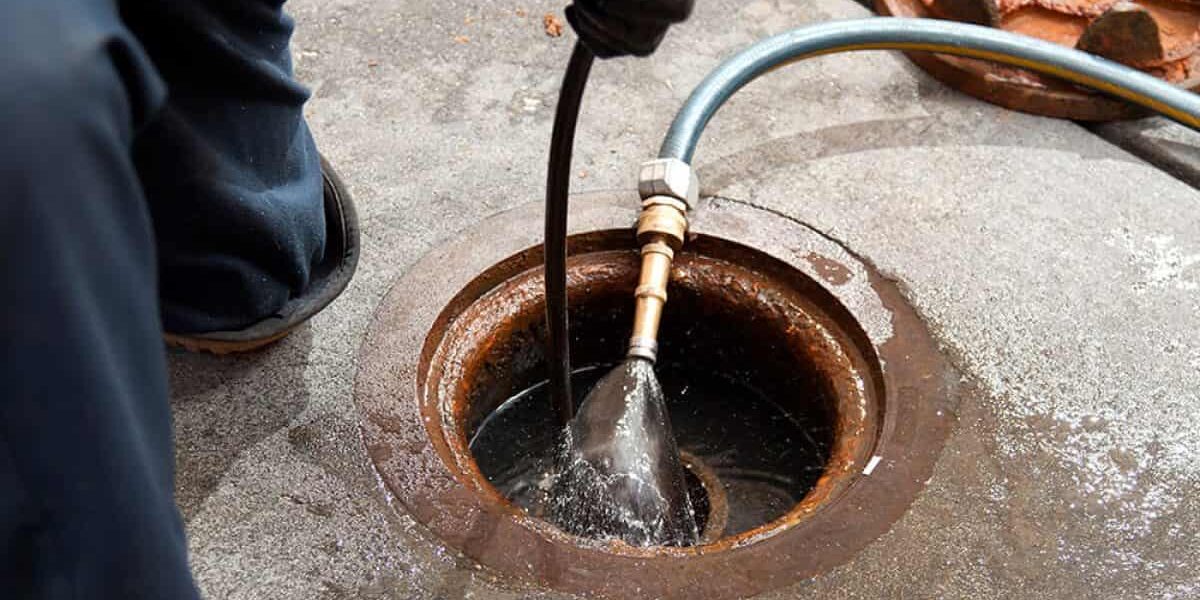Guidelines for Managing a Blocked Drain Prior to Calling Professional Plumbers
Guidelines for Managing a Blocked Drain Prior to Calling Professional Plumbers
Blog Article
Listed here below you can discover more reliable resources related to What I learned from trying to deal with a clogged drain.

Intro
Taking care of an obstructed drainpipe can be an irritating experience, interfering with day-to-day activities and possibly creating damages to your residential or commercial property. Nevertheless, before reaching out to plumbing experts, there are steps you can require to resolve the issue yourself. In this guide, we'll check out DIY options and preventive measures to tackle a blocked drainpipe successfully.
Recognizing the Problem
The first step in addressing a blocked drain is recognizing the indications. Slow-moving drainage, gurgling audios, foul odors emanating from drains pipes, or water support up are common signs of a blocked drainpipe. Identifying these indications early can assist protect against further issues.
Picking the Right Pipes Service
When selecting a pipes solution, consider elements such as experience, licensing, and client evaluations. Select a reputable plumbing technician with a record of high quality workmanship and clear prices methods.
Cost Factors to consider
The expense of specialist drain cleaning services can differ relying on the severity of the obstruction and the plumbing technician's rates. Request quotes from numerous service providers and inquire about any service charges to guarantee openness and avoid shocks.
Safety Precautions
When attempting do it yourself drainpipe cleansing, focus on security. Put on protective handwear covers and eyewear to prevent contact with damaging chemicals or bacteria. Never blend different drainpipe cleansing items, as this can produce harmful fumes.
Instance Researches
Real-life examples illustrate the efficiency of do it yourself solutions and the significance of timely expert treatment in settling drainpipe clogs.
Common Causes of Blocked Drains
Comprehending the elements that contribute to drain blockages is important for effective resolution. Common wrongdoers consist of hair, soap residue, grease, food debris, and international items like sanitary items or paper towels. Tree origins invading below ground pipelines can likewise cause substantial obstructions.
DIY Solutions
For small blockages, numerous DIY remedies can be efficient. Putting boiling water down the drainpipe can help dissolve oil and debris. Baking soda and vinegar or a mix of salt and baking soda can act as natural cleaners. Making use of a plunger or plumbing serpent to displace obstructions is an additional option.
Tools and Devices
Having the right tools handy can make do it yourself drainpipe cleansing extra effective. A bettor is a flexible device for removing clogs in sinks, toilets, and showers. A pipes serpent or auger can get to much deeper obstructions, while drain cleansing chemicals can be used meticulously for persistent clogs.
Safety nets
To stay clear of future clogs, taking on preventive measures is crucial. Install drain guards or filters to capture hair and particles prior to they go into the pipes. Routinely flush drains pipes with warm water to dissolve oil accumulation, and avoid dealing with oil or strong waste down the tubes.
When to Call a Professional
While do it yourself services can settle minor obstructions, particular indicators show the demand for professional support. Consistent blockages, foul odors in spite of cleansing efforts, or several drains backing up all at once are red flags that call for experienced intervention.
Conclusion
By complying with the ideas described in this overview, you can properly tackle blocked drains and prevent future plumbing issues. Whether going with do it yourself remedies or looking for professional assistance, punctual activity is crucial to preserving a healthy plumbing system and maintaining the integrity of your home.
How to Clear a Clogged Drain Yourself (And When to Call In the Professionals)
What Can Clog a Drain
Dirt Skin flakes Hair Grease Soap scum Food Offset pipes Tree roots Small objects Mineral buildup DIY Tricks to Unclog a Drain
You can fix this! Once you have identified the source of the clog (or have a vague idea), you can try one or a combination of these fixes in order to clear your plumbing.
Wire Hanger or Snake
Untangle and clear out hair from a drainpipe with a homemade snake. Use a straightened-out wire hanger with a 90-degree angle hook to locate the clog and drag out any unwanted material.
Remember not to push the clog further down to where the wire hanger cannot reach! If you need to follow up with a plunger, give it a try. Your efforts might be more successful after it’s been wire-snaked.
If you want to get fancy and don’t have a wire hanger to spare, head to the store and pick up a hand-operated drain snake. You can get one for $10-$30. It may save you the hassle, and provide additional length to reach deep into the clogged pipe.
Plunger
A cup plunger has a suction cup attached to a wooden handle. The rubber creates a seal around the drain, and increases the pressure force of the plunger.
Plunge for 30-second increments to loosen the clog. This may need to be repeated over the course of 15-20 minutes. Once plunged, run the water to flush the remaining material out of the drain.
Remember– never use a plunger if you have used a chemical drain cleaner. These chemicals can splash up from the force of the plunger and cause serious injury or burns.
Boiling Water
Hot water can sometimes break up materials into a flushable amount. Dirt, grease, and soap buildup requires heat in order to unstick from surfaces.
Take your kitchen kettle and heat your water to a boil. Once it reaches a rolling boil, pour it directly down the drain into the blockage. Carefully follow with plunging, if necessary.
Don’t worry if this takes more than one try! It can often take multiple kettles and repeated plunging in order to clear a particularly stubborn clog.
Chemical Drain Cleaner
As a last resort, pick up a bottle of chemical drain cleaner. Drain-cleaning chemicals are potent, and not very good for the environment.
You may need to wear protective eyewear in gloves before handling your bottle of chemical drain cleaner. Follow the instructions printed on the bottle, and flush with water as soon as the instructions allow. Do not follow with plunging.
Baking Soda and Vinegar
As a safer alternative to chemical drain cleaner, baking soda and vinegar can create a chemical reaction that clears tough clogs.
Combine one cup of cleaning vinegar with one cup of boiling water, and set aside. Once you have done this, pour half a cup of baking soda down the drain. Give the baking thirty seconds to settle and cover a large portion of the problem drain.
Following the baking soda, pour down your vinegar and hot water solution. Once the vinegar and baking soda combine, the mixture will bubble and fix. Let this reaction fizzle in the drain for about an hour.
After an hour, follow with a kettle’s worth of hot water. The heat and liquid should flush out any remaining material.
When to Call a Plumber
If your DIY attempts haven’t cleared your clog drain, it’s time to call in a professional. It’s not worth losing access to your kitchen sink or high-traffic bathroom. A clog in a vital area can keep you from the things you’d rather be doing, and derail your routine.
Anytime a clog is causing water to spread is a time to call in a plumbing service. What starts out as a little bit of water can quickly grow into serious, expensive water damage.
Additionally, a serious clog can result in burst pipes or serious leaks. Make sure you know when to take it seriously!
https://myguysnow.com/how-to-clear-a-clogged-drain-yourself-and-when-to-call-in-the-professionals/

I ran across that blog posting on How to handle a clogged drain in your home when doing a lookup on the search engines. Be sure to take a moment to distribute this blog posting if you enjoyed reading it. Thanks a lot for going through it.
Call Report this page